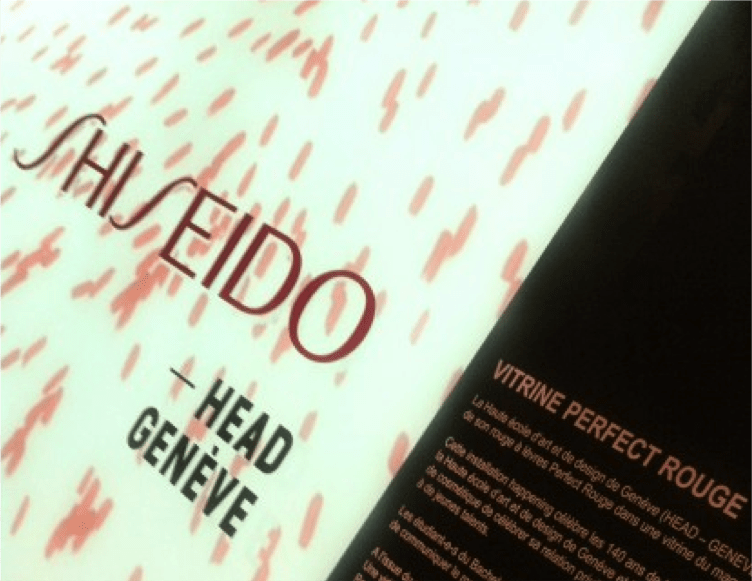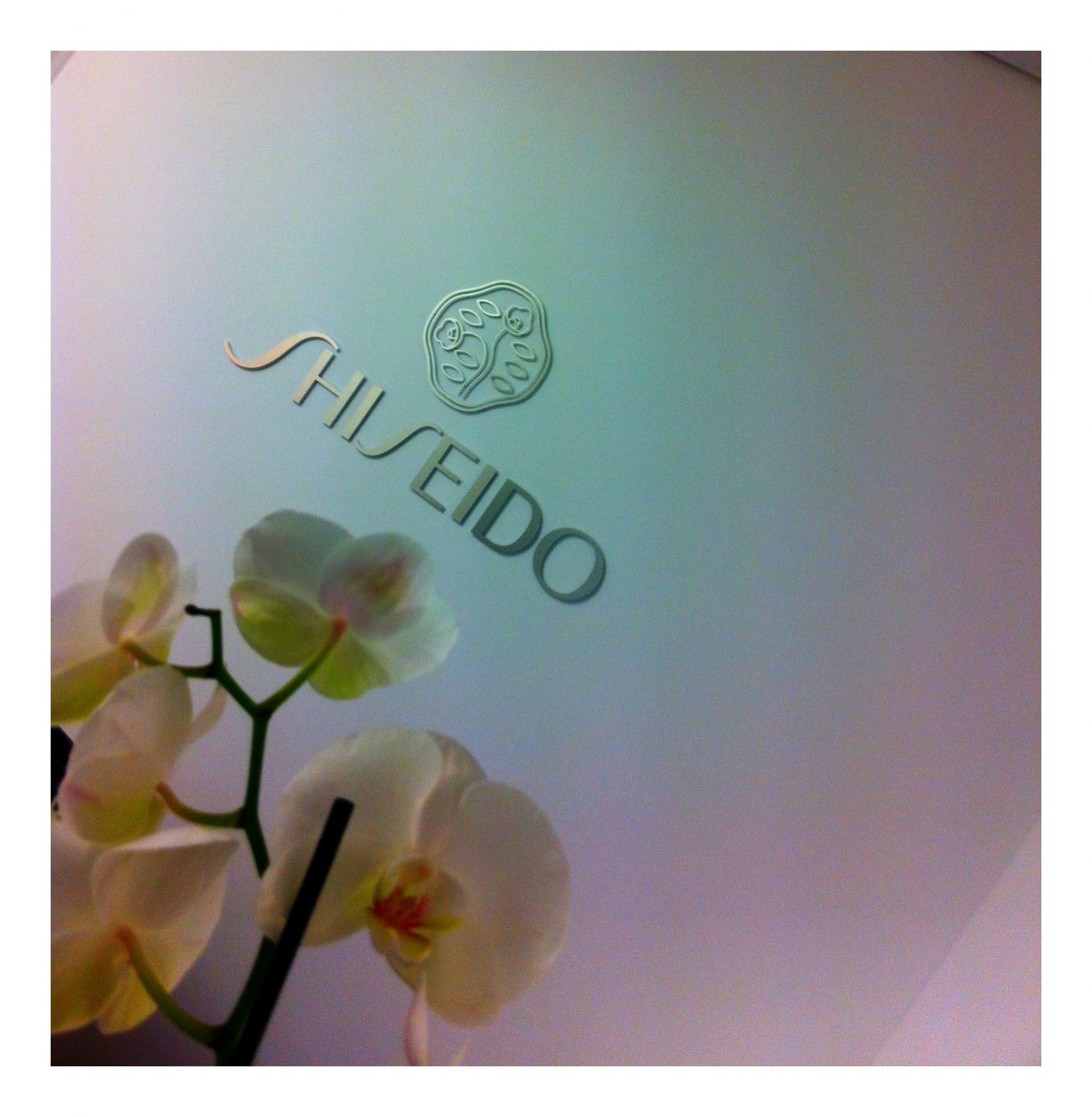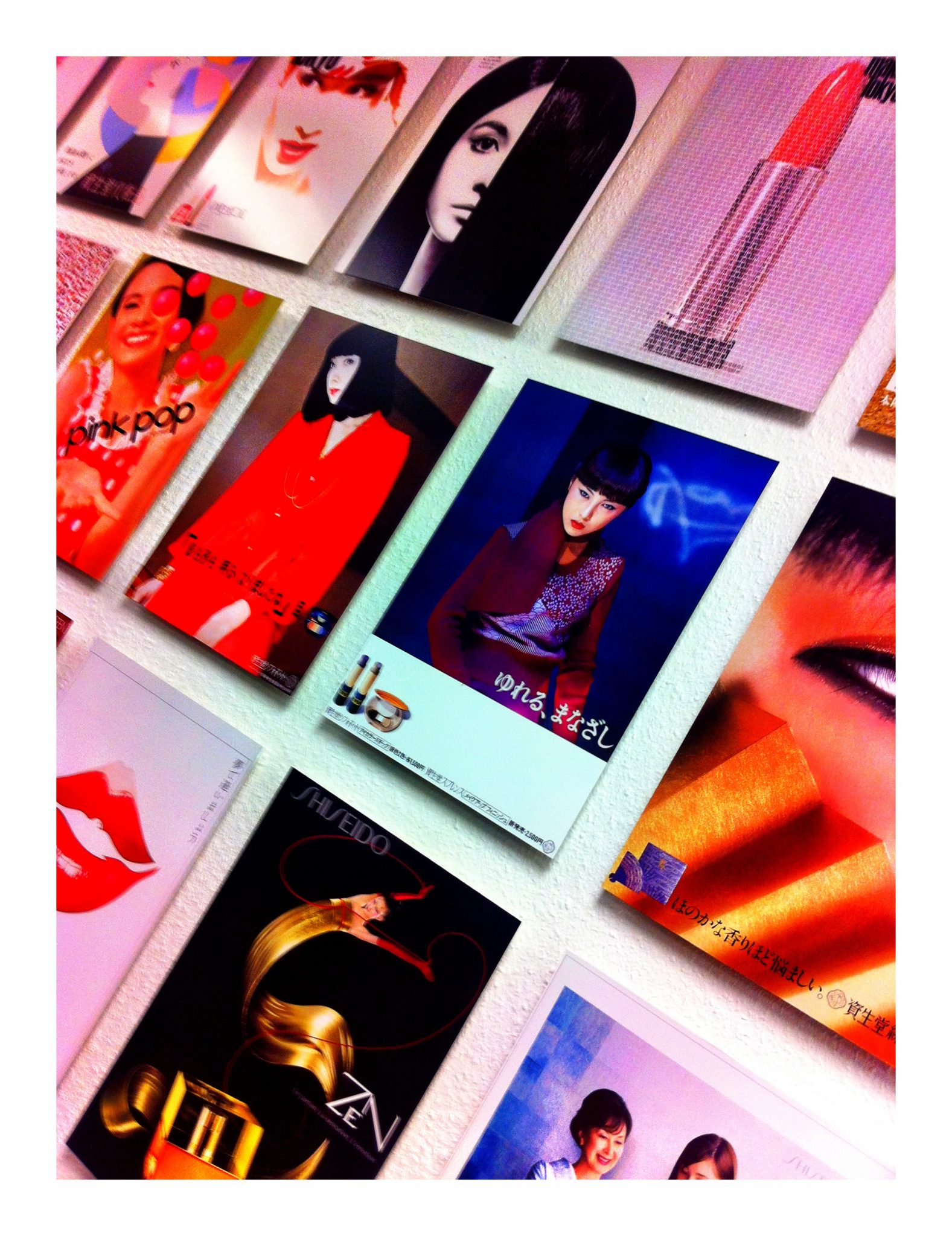

Cultural diversity is the well-established hallmark of a stable, cosmopolitan society. How can this diversity be measured and, more importantly, increased? Before we explore the latter, it may be prudent to note why such diversity is essential and how it can economically benefit international trade.
At first glance, Switzerland would appear to be ideally situated to reap the rewards befitting a centrally-located European country. Surely the sharing of a border with several nations would osmotically enhance any modern society. Perhaps. But what must also be taken into account is the unspoken protectionist stance that often comes from natural resistance to change. It has been said that great civilizations do not disappear because they are murdered, they commit suicide. True or not, there is certainly an inherent risk to opening the floodgates, and this resistance can be stifling. Both Japan and Switzerland have been wise not to fall into this trap and have expertly exploited open markets and free-trade. For relatively small states, this has allowed them to wield disproportionately large worldwide influence.
Imperial Japan witnessed imposed assimilation in 1854 and it is, even to this day, a matter of opinion as to whether this was for the greater good of their society. However, fast forward over 150 years later, and we see a dynamic Japan having built its post-WWII prosperity on its huge export machine and large imports, particularly of energy and raw materials. It subsequently opened its markets for consumer and luxury goods and has served as an economic role model for Taiwan, Korea and China. Today, despite the severe emotional and economic shock of the Tohoku Earthquake & Tsunami, it has just launched a stimulus package and declared its determination to regain past glory.

It is therefore, most interesting that Shiseido - one of the world's oldest and among Japan's most prestigious consumer goods companies - has collaborated with Geneva's Haute École d'Art et de Design (HEAD) to bring Swiss creativity to Japan. This international project, hosted by Grands Magasins Globus SA, aims to foster a cultural exchange through
the nurturing of creative talent. After having competed in a fierce battle with several highly rated candidates and been chosen the winner, 'Master Media Design' student Baptiste Portefaix will soon travel to Shiseido Headquarters in Tokyo to put his artistic talents at their disposal.
This exclusive pairing of East and West is telling not only in targeted local visibility, but, also in the high-level support the competition ceremony garnered. Their Excellencies the Japanese Ambassadors to both Switzerland and to the United Nations were present to announce the winner as were the Swiss Directors of Shiseido, HEAD and Globus. VIP attendees from the worlds of fashion, art, photography and design were all present to share in the excitement in a velvet-roped-off corner of Globus' Flagship Boutique on Geneva's exclusive rue du Rhône.
The Nipponese word 'omotenashi' roughly translates to 'welcome' and it could be no more evident that this open exchange welcomed a continued search for deeper cultural enrichment, putting aside dated fears and ushering in a mutual respect for diversity. Economically, the reasoning is much more solid: an open door works both ways. Market profitability is the overriding objective in today's besieged financial environment and what better way to increase market penetration than under the portmanteau of culture and exchange.
Measuring "cultural diversity" may, therefore, be as simple as measuring an increase in market share, when looked at from a business standpoint. Who are we to say that they should be mutually-exclusive? If our true objective is the betterment of society as a whole, then economic growth certainly falls into that category. However facile this view may seem at the outset, a convincing argument can be made for continued bilateral exchanges which enrich, both financially as well as culturally – omotenashi.
J. William Tavelli is a Contributing Editor at Geneva Business News.
All Photo Credits: J. William Tavelli